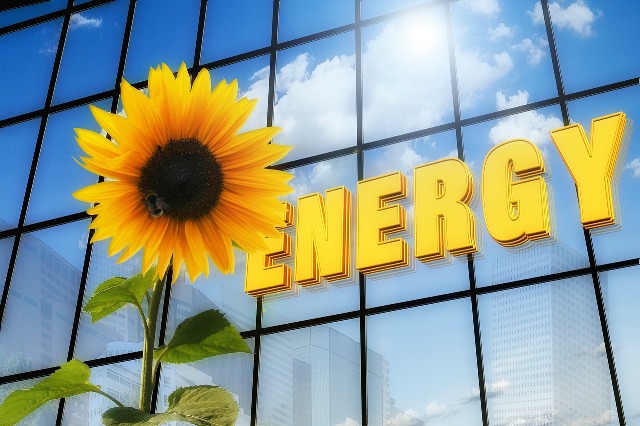India’s renewables story thus far has been a huge success. No country of India’s size and low income per capita has done so much to bring the costs of renewables down, or position itself to leapfrog into a cleaner electricity system so early in its development pathway.
India’s renewable policy 1.0, initiated notably with the Jawaharlal Nehru National Solar Mission in 2010 and the 175 GW target adopted in 2015, focused on creating the conditions to bring costs down. That has been achieved spectacularly, with the cost of renewables now cheaper than new and much existing coal.
However, India’s renewables transition will stall according to TERI in its latest report on renewables, coming up against the capacity of the grid to integrate variable renewables while keeping the lights on, unless new policies focus on enhancing the flexibility of the electricity system. Elements of such policy are emerging, through actions of the Power System Operator Corporation (POSOCO), the Central Electricity Regulatory Commission (CERC), Ministry of Power, and the Central Electricity Authority, as well as numerous state and regional level agencies.
What is required now is to initiate a joined-up process of policy formulation for the mid-term (2030), with targets, market reforms, regulatory initiatives, institutional innovations, data and analysis, all considered in holistic manner. The objective should be to come out with a new overarching renewables policy by around 2020 (an electricity system “Flexibility Mission”), in time to provide mid-term clarity and direction to the sector beyond today’s policy targets, which focus on 2022.
As of today, wind and solar are the cheapest source of new electricity supply in India. Indeed, they are cheaper than about a third of the existing coal-fired fleet in India, even if one considers only the fuel cost of coal electricity and ignores the sunk capital costs.
The analysis of the ETC India (Energy Transitions Commission India) project suggests the costs of wind and solar still have a way to fall. An even more transformational reduction in the costs of stationary storage is projected by 2030, with costs more than halving.
Thank you for reading. We appreciate the time you have given us. Please drop a line and help us do better.
Regards,
The CSR Journal Team


